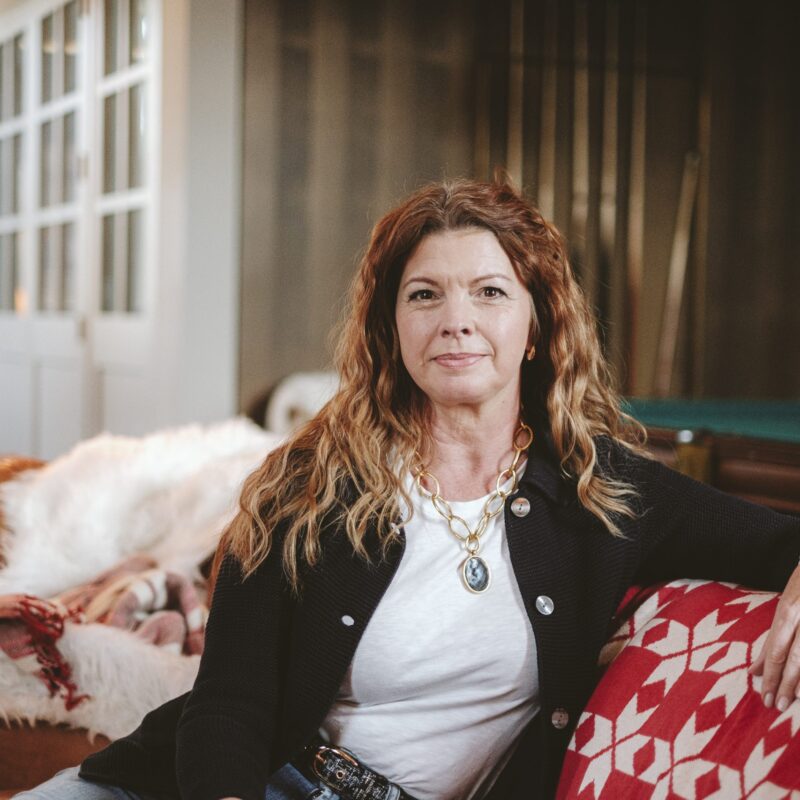“Yeah, that’s a Special Order Item. You need to submit a Special Order form.”
“I know, I submitted a Special Order form eight months ago.”
“You’ll have to submit a Special Order form for any Special Order Items.”
“I did—eight months ago—and I’ve been requesting the item every week since. Any progress on that request? “
“Once an item comes in, we’ll call you. In the meantime, you should fill out another Special Order form.”
Being a bar manager at a place with a list of obscure bottles featured on a cocktail menu makes the Special Order process (and other, similar, bureaucratic ABC processes) both a necessary evil and a weekly irritant. On the one hand, the good folks at my local store are dutiful state employees, trying not to annoy their superiors. On the other hand is a set of archaic liquor laws, largely unreformed since the end of Prohibition almost 100 years ago. Nearly a century has passed since the ABC was formed in 1934 and its goal is still that “The return of the saloon, whether in its old form or in some new form, must be prevented.” Furthermore, ABC “should discourage use of hard liquor and give relative encouragement to use of lighter alcoholic beverages.” That might explain the structural propensity to be unhelpful in all things requiring obtaining spirits and making drinks—a process that is a huge part of the local restaurant industry.
Most folks don’t see the rusty cogs of the ABC, or care too much for that matter. The fact is this: The laws are old, puritanical, and still bear the alcohol paranoia of the Prohibition era. Furthermore, penalties for ABC violations are utterly draconian. They make access to craft spirits and liqueurs exceptionally difficult and exorbitantly expensive (compare prices next time you’re in D.C.). They put a great burden on ABC employees trying to simultaneously keep customers happy and keep their own jobs, and similarly burden ABC licensees trying to stay in the good graces of the state.
One of the few glimmers of hope in reforming this ancient machine has been the recent legislation that legalized the practice of infusions (Section 3VAC5-50-60;F). Prior to 2014, if a bar wanted to make its own cinnamon-infused whiskey, it risked a hefty ABC fine. For 80 years—since the founding of Virginia ABC in 1934—this has been illegal. Now, bartenders all over the Commonwealth can dabble with infusions without fearing the excessive fines of an ABC violation.
Here in town, a few folks have been busy at work crafting cocktails that push the creative boundary into this newly legal area of freedom. I checked in with a couple folks who are whipping up some tasty infusions with cocktails to boot.
Liz Broyles, bar manager at C&O Restaurant
House infusion: Black Currant Tea Vodka
For the infusion, add about 1/2 cup black currant tea to 750ml bottle of vodka (type is not important) and steep for 24 hours. Strain and bottle in original vodka bottle.
Cocktail: Honey and Black
Combine 1 ½ oz. black currant vodka, ½ oz. honey syrup, and ½ oz. lemon juice. Shake over ice, serve up with a lemon twist.
Liz’s tasting notes: “The black tea infusion gives the Honey and Black a deep tannic and bitterness, balanced out by the silky sweetness of the honey. Fresh lemon juice elevates the concentrated berry flavor of the dried black currant. A vigorous shake over ice makes the Honey and Black frothy with a slightly creamy texture.”
Justin Ross, owner and sommelier at Parallel 38
House infusion: Barberry Infused Blue Coat Gin
For the infusion, steep 2 oz. of barberries in a 750ml bottle of Blue Coat for two weeks. You can get them locally from Bantry Bay or from The Spice Diva in the Main Street Market.
Cocktail: Faux-Groni
Combine 1 oz. Barberry infused Bluecoat Gin, 1 oz. Aperol, and 1 oz. Lillet Blanc in a single rocks glass over ice. Stir, and garnish with an orange peel.
Justin’s tasting notes: “Our Faux-Groni is a play on the Negroni, a classic cocktail invented in Florence, Italy in 1919. The classic Negroni is made with equal parts gin, Campari, and vermouth. Our recipe uses Blue Coat Gin, which has a soft juniper note that is spicier and earthier than similar style gins. Once the barberries begin to soak up the gin, they plump up and release an amazing crimson color and flavors similar to lemony currants. The Aperol adds mandarin and spiced orange peel, and with half the alcohol and higher sugar content than Campari, it balances the tart apple and honeysuckle notes of the Lillet Blanc. All of these ingredients produce an amazingly approachable aperitif that is both slightly bitter and refreshing.”
Fun arcane ABC law fact
From Section 4.1-311 of the Virginia Alcoholic Beverage Control Act: Moving from North Carolina to Virginia and moving your home bar? Bring six bottles of whiskey back from the Kentucky Bourbon Trail? Buy three growlers of beer from a brewery in D.C.? If you transport more than one gallon of any alcoholic beverage from outside of Virginia into Virginia, you “may be arrested, fined up to $2,500, and sentenced to a year in jail. In addition, the vehicle involved may be impounded and confiscated.”





